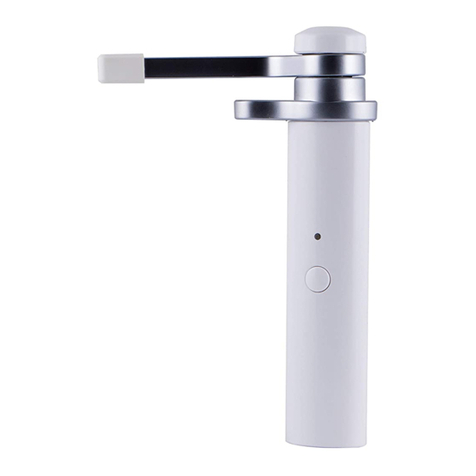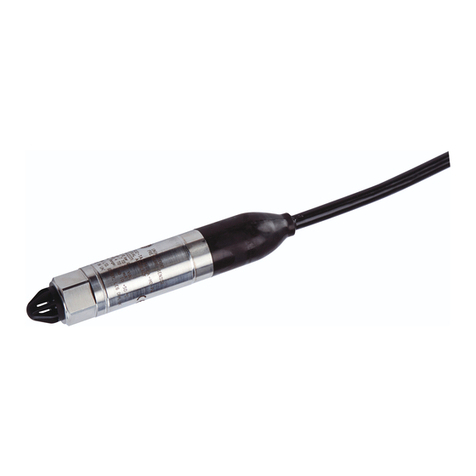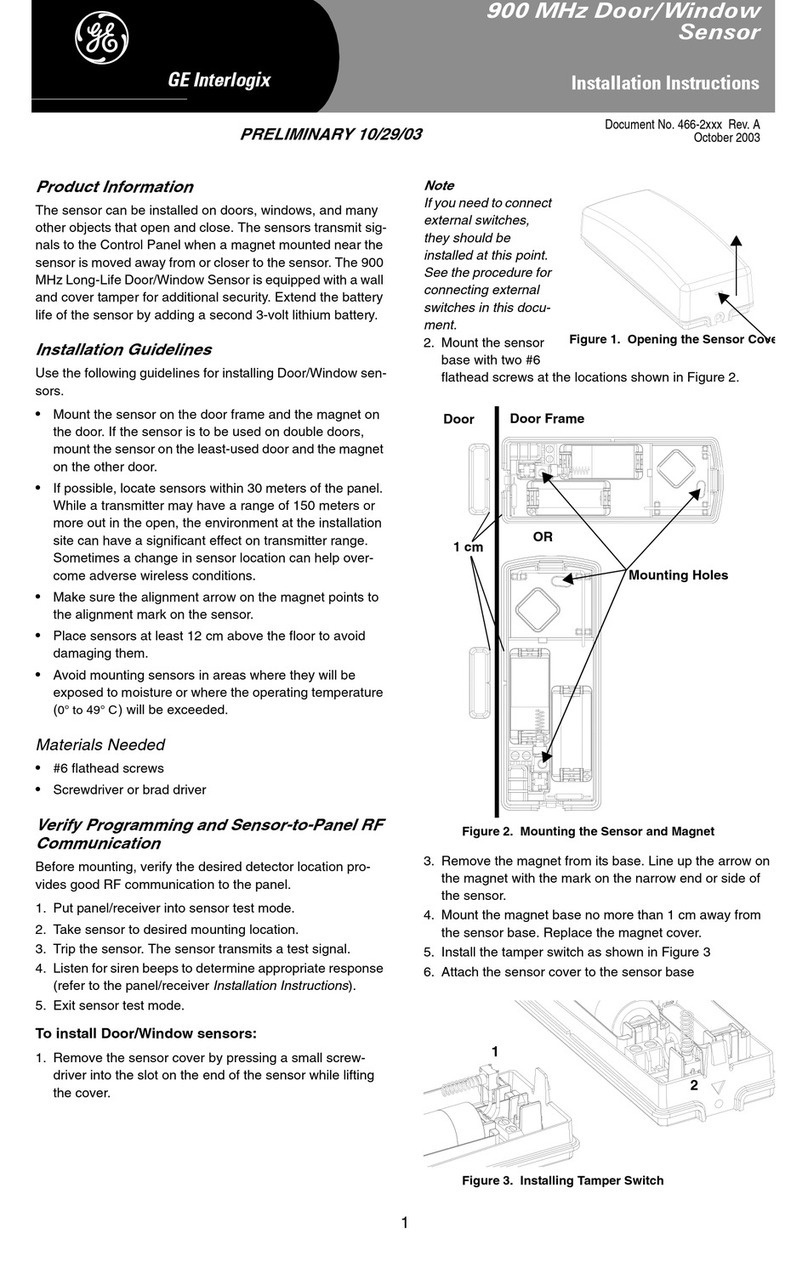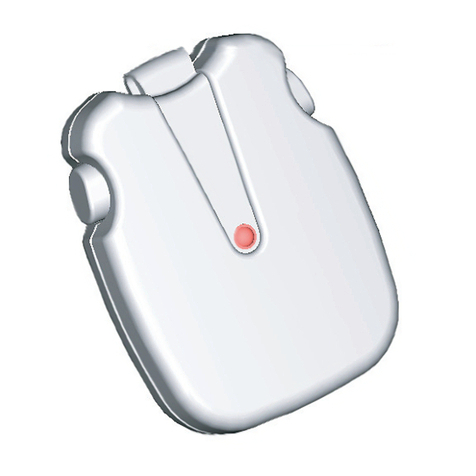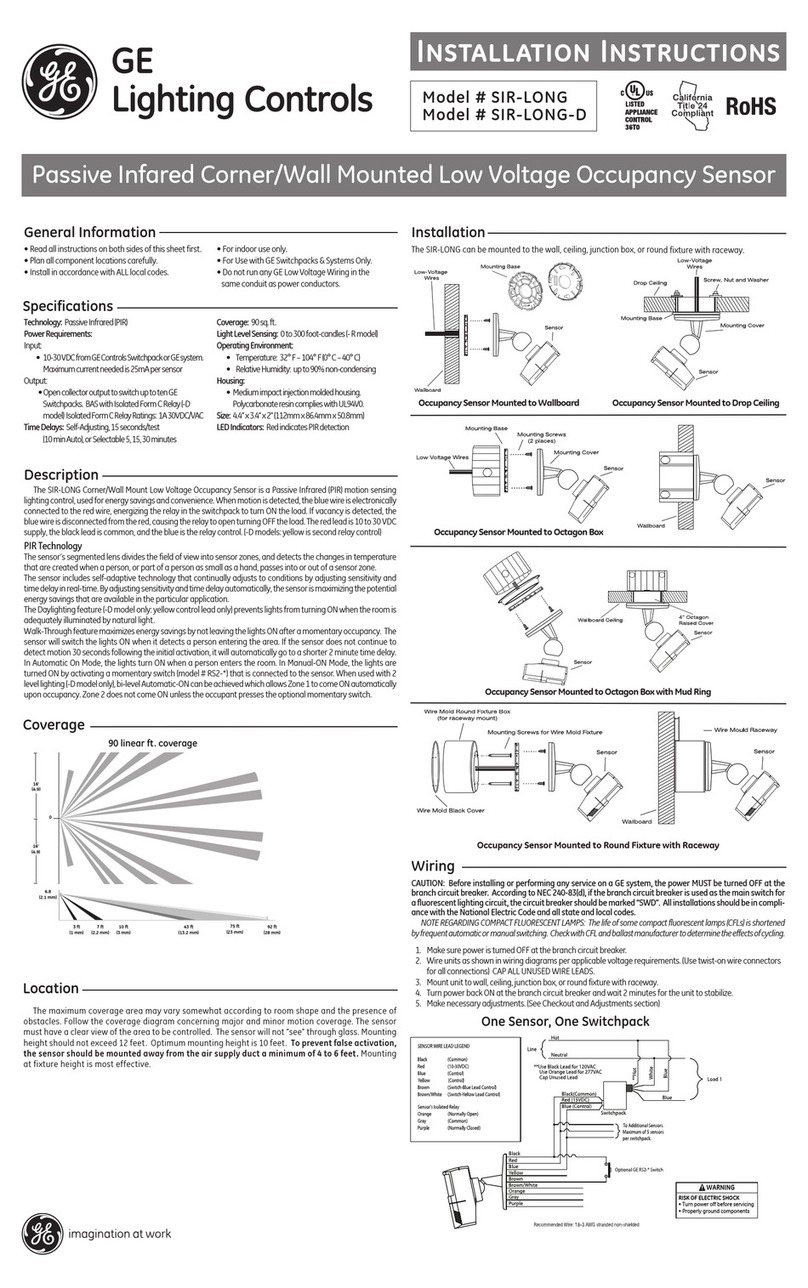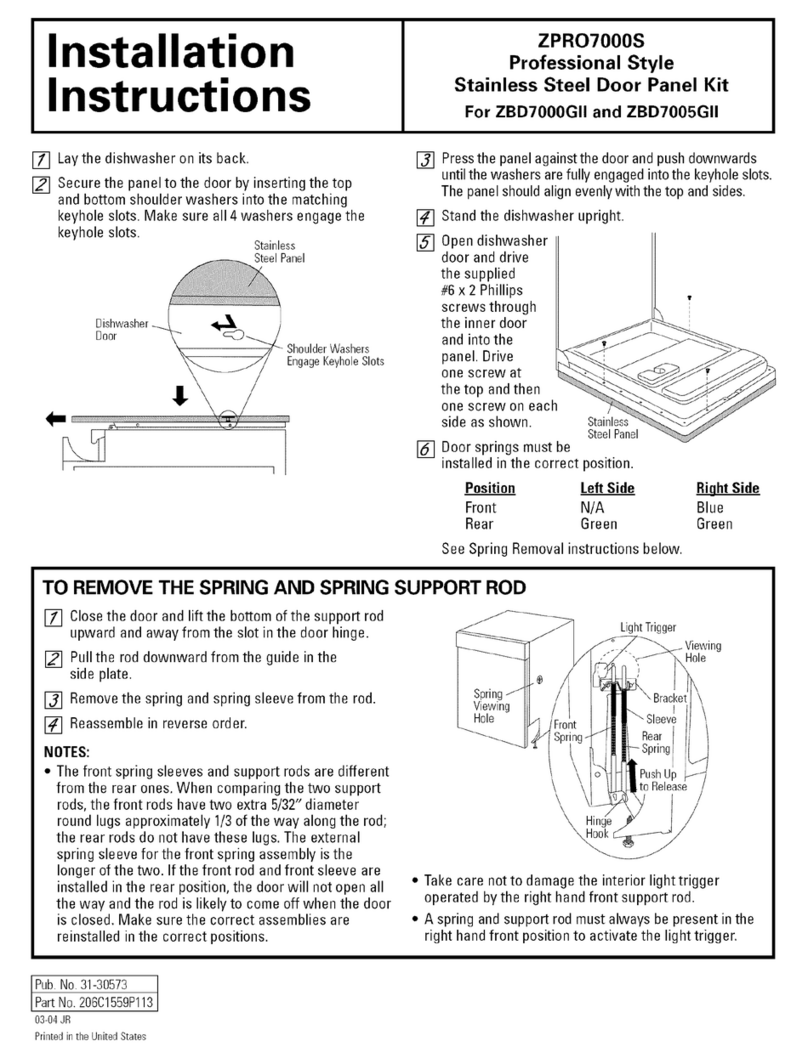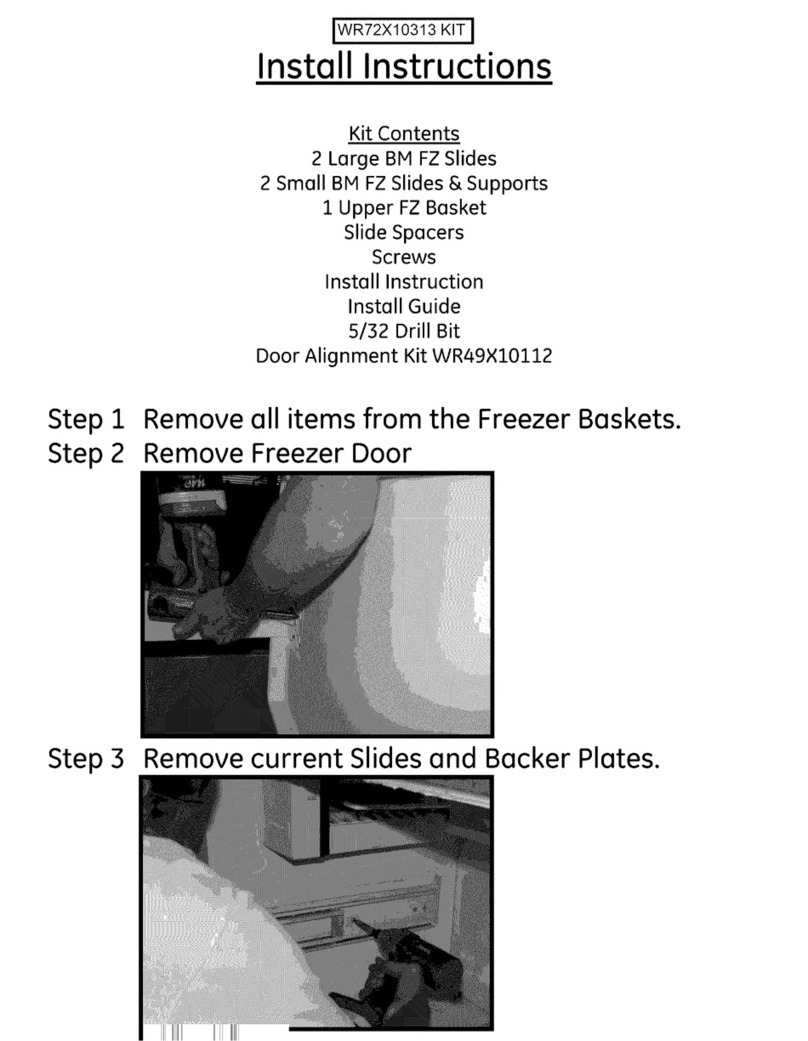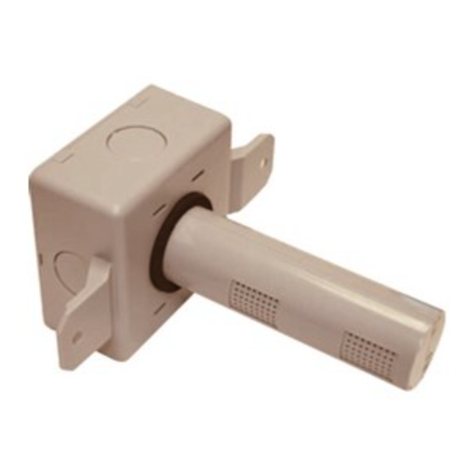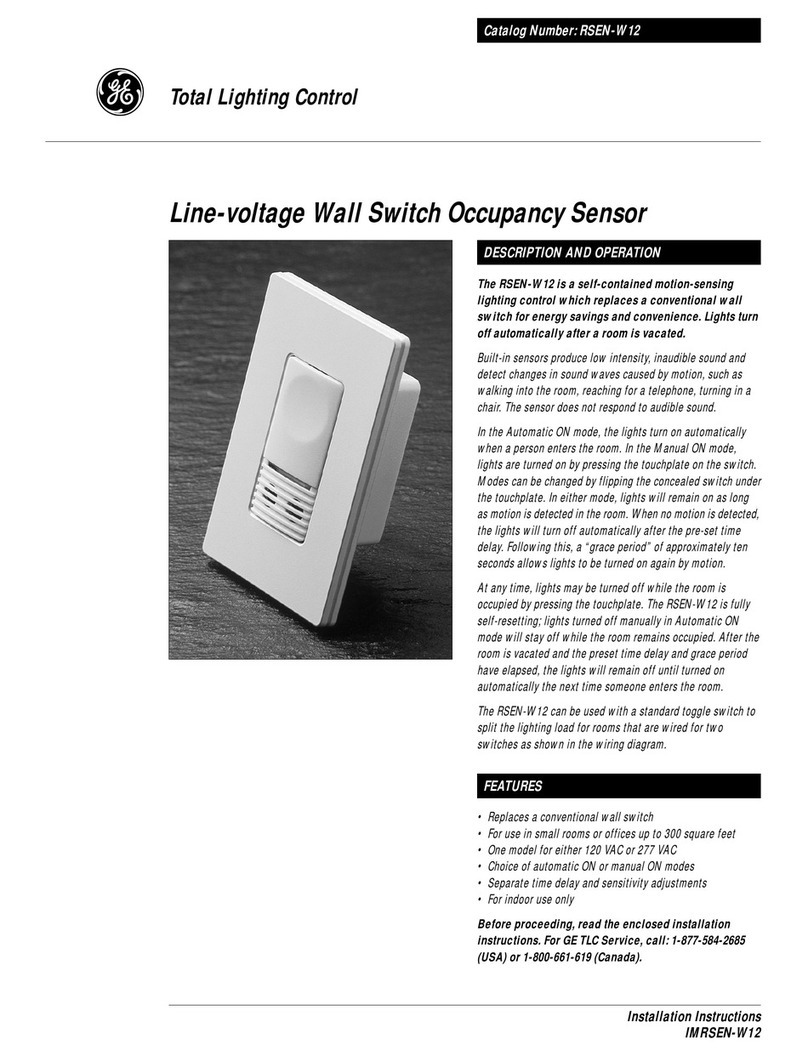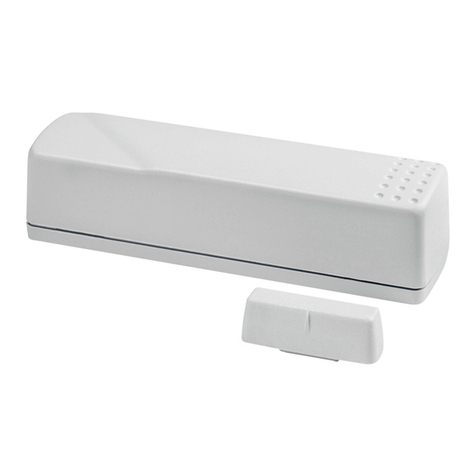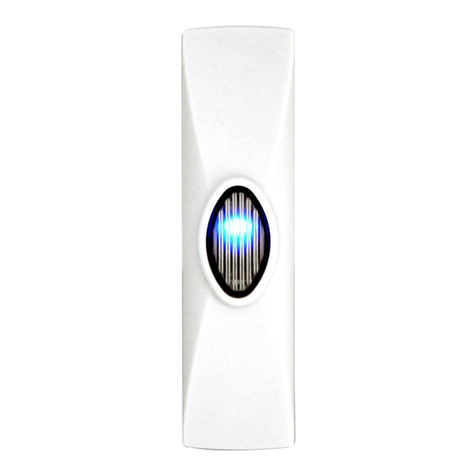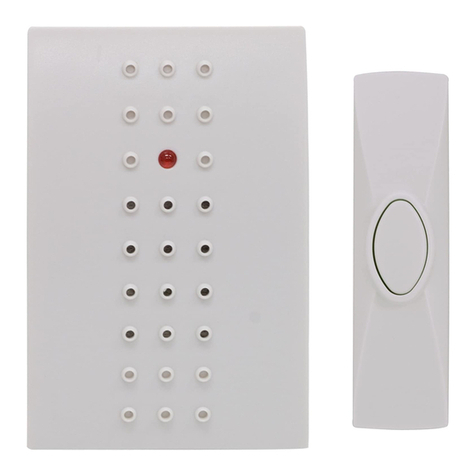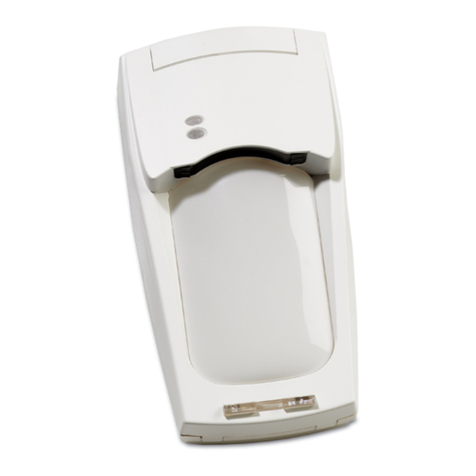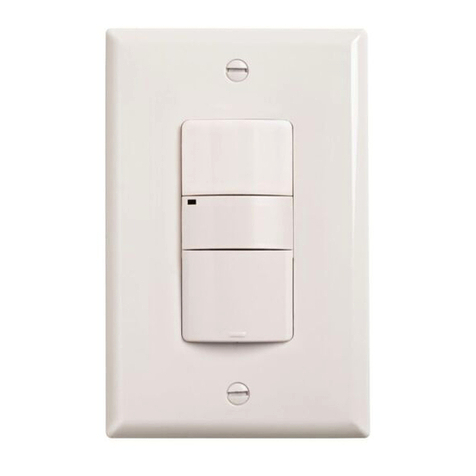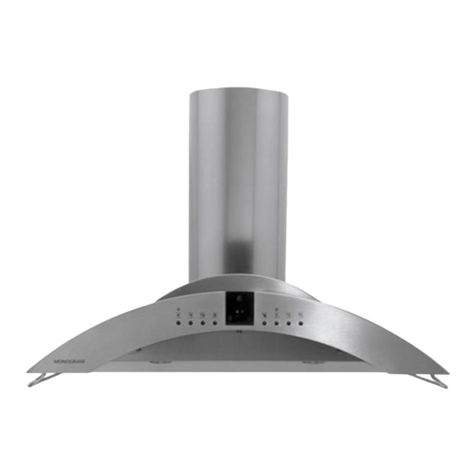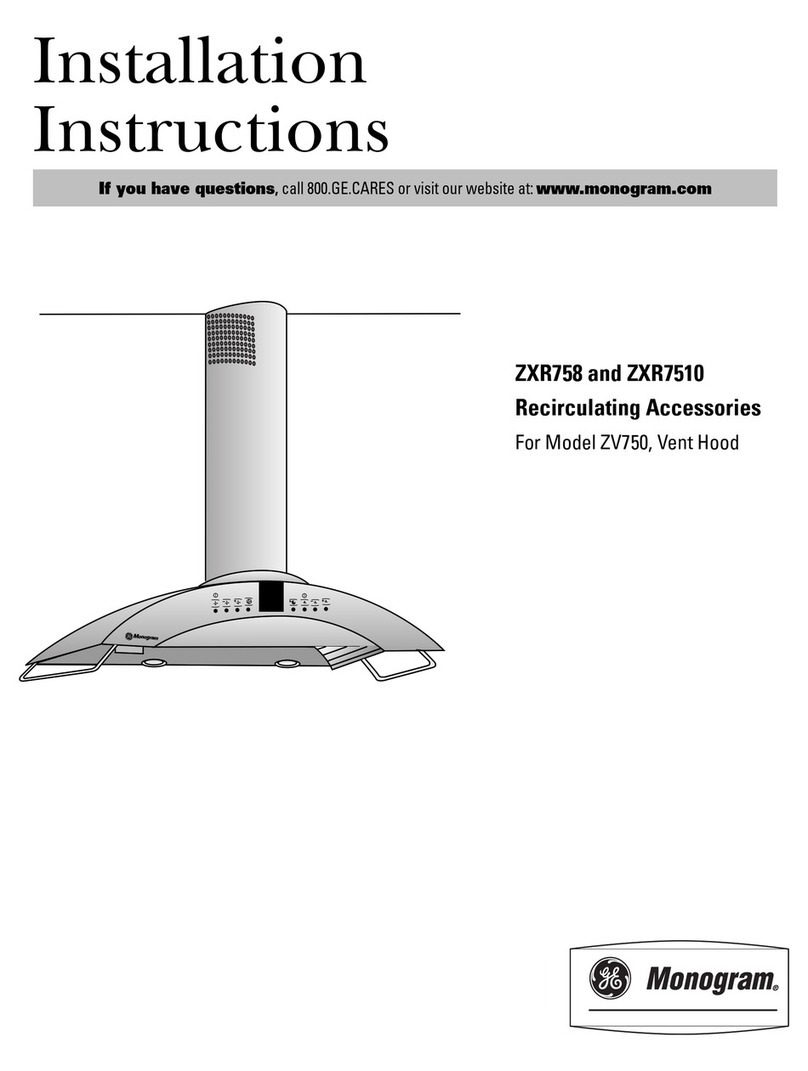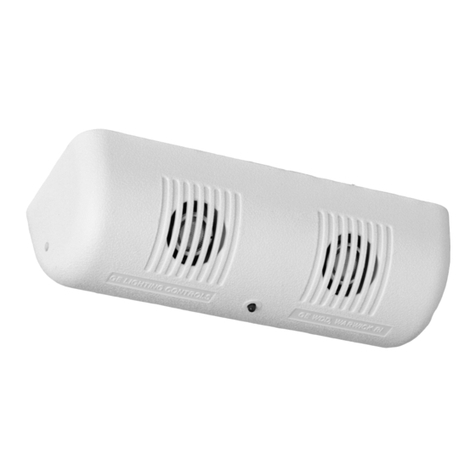
- 8 -
EN
Installation Instructions
1. Introduction .............................................................................................. 8
2. Installation guidelines ............................................................................... 8
3. Mounting the detector .............................................................................. 9
4. Setting the detector ................................................................................. 9
5. Testing the anti-masking ........................................................................ 13
6. Aligning the beam and walk testing the detector ................................... 13
7. Identifying detector status by the LEDs ............................................... 15
8. General information ............................................................................... 16
9. Remote and self-testing the detector .................................................... 17
10. Glossary .............................................................................................. 18
11. Technical specifications ....................................................................... 18
1. Introduction
The VE735AM/VE736AM are PIR/AM motion sensors. They have a patented
verified PIR technology, multi-channel anti-masking.
2. Installation guidelines
The technology in this detector resists false alarm hazards. Nevertheless
avoid potential causes of instability, such as:
Direct sunlight on the detector.
Heat sources within a field of view.
Strong draughts onto the detector.
Large animals in a field of view.
Objects within 50 cm (20 in.) of the anti-masking (AM) detector.
Obscuring the detector’s field of view with large objects, such as
furniture.
Installing two detectors facing each other and less than 50 cm apart.
